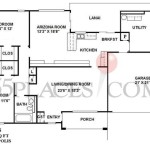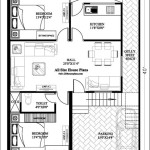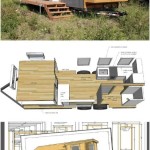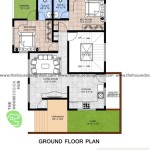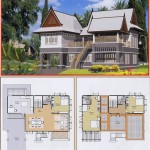How To Draw Your Own Home Addition Plans
If you're considering adding an addition to your home, one of the first steps you'll need to take is to draw up some plans. This can be a daunting task, but it's important to take your time and get it right. After all, your addition will be a permanent part of your home, so you want to make sure it's done well.
There are a few different ways to draw home addition plans. You can hire a professional architect, use a software program, or do it yourself with a pencil and paper. If you're on a budget, doing it yourself is the most affordable option. However, it's important to keep in mind that drawing plans can be complex, so if you're not confident in your abilities, it's best to hire a professional.
If you decide to draw your own plans, there are a few essential things you'll need to do:
1. Measure your existing home
The first step is to measure your existing home. This will give you a good starting point for your addition. Be sure to measure the exterior walls, as well as the interior walls of the rooms that will be affected by the addition.
2. Determine the size and scope of your addition
Once you know the dimensions of your existing home, you can start to think about the size and scope of your addition. How many rooms do you want to add? What will be the purpose of each room? How will the addition connect to the existing house?
3. Sketch out a floor plan
Once you have a general idea of what you want, you can start to sketch out a floor plan. This is a simple drawing that shows the layout of the addition. Be sure to include all of the rooms, as well as the doors and windows.
4. Draw up elevations
Once you have a floor plan, you can start to draw up elevations. These are drawings that show the exterior of the addition from different sides. Be sure to include all of the windows, doors, and other architectural features.
5. Get feedback from others
Once you have a complete set of plans, it's a good idea to get feedback from others. This could include friends, family members, or a professional architect. They can provide you with valuable insights and help you identify any potential problems with your plans.
Drawing your own home addition plans can be a challenging but rewarding experience. By following these steps, you can create a set of plans that will help you build the addition of your dreams.

Second Story Additions Plans Found On Davisframe Com Home Addition Floor Ranch

Armchair Builder Resources Home Additions Built By Owner Do It Yourself And Save Big

Home Additions Remodels Documents Needed

Home Addition Project Calculator Model House Kits Hobby Interactive Gifts

Floor Plans Models For Panel Built Homes Tiny House Cottage Small

Home Additions

The Majestic Master Suite Ii Modular Home Pennflex Series Standard As Ranch Style Pennwest Homes Model Hr172 Az Custom Built By Patriot S

Pin On Home

Easy 3d Home Design Interior Exterior Cedreo

How To Save A Fortune Building Home Addition Simply Additions

